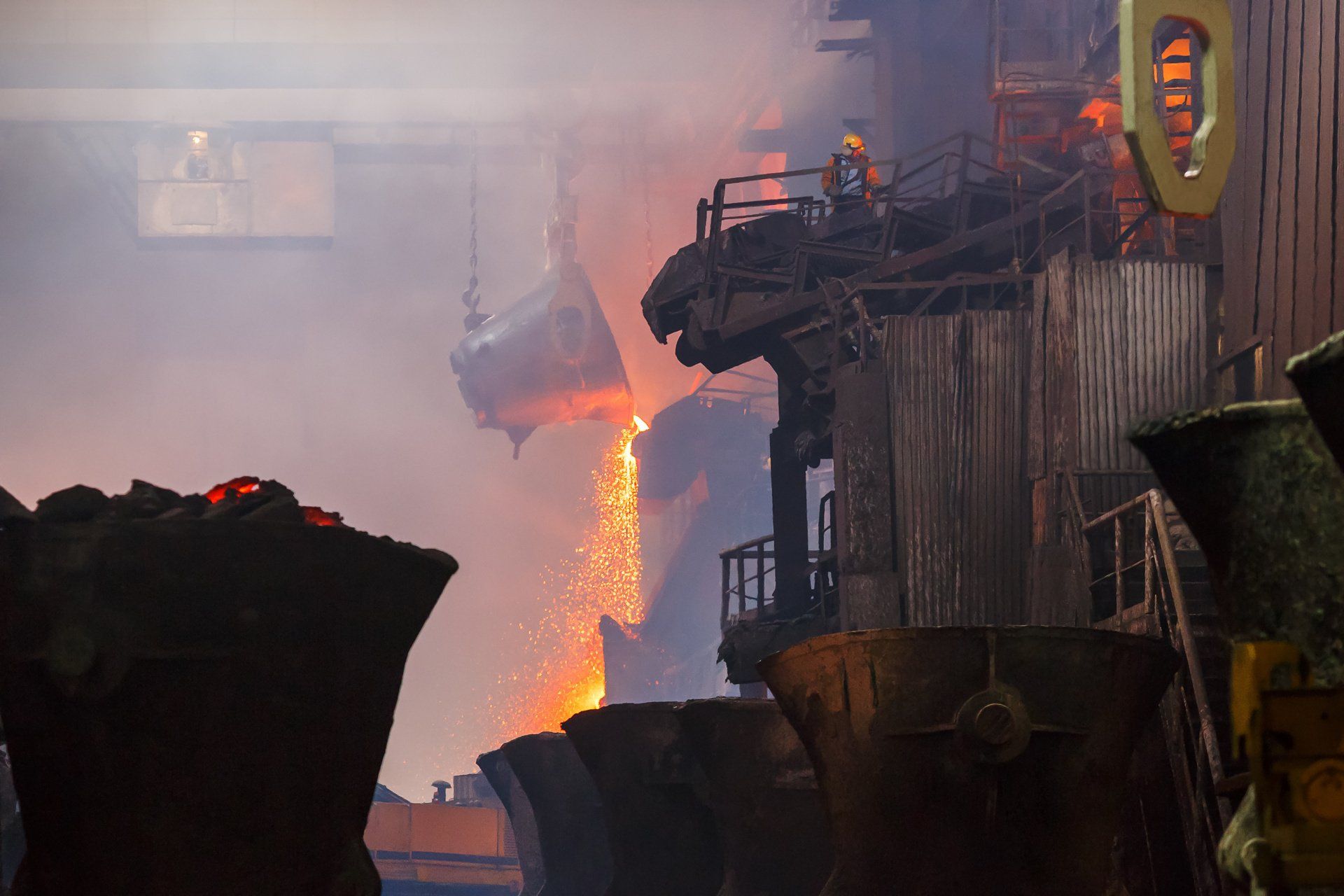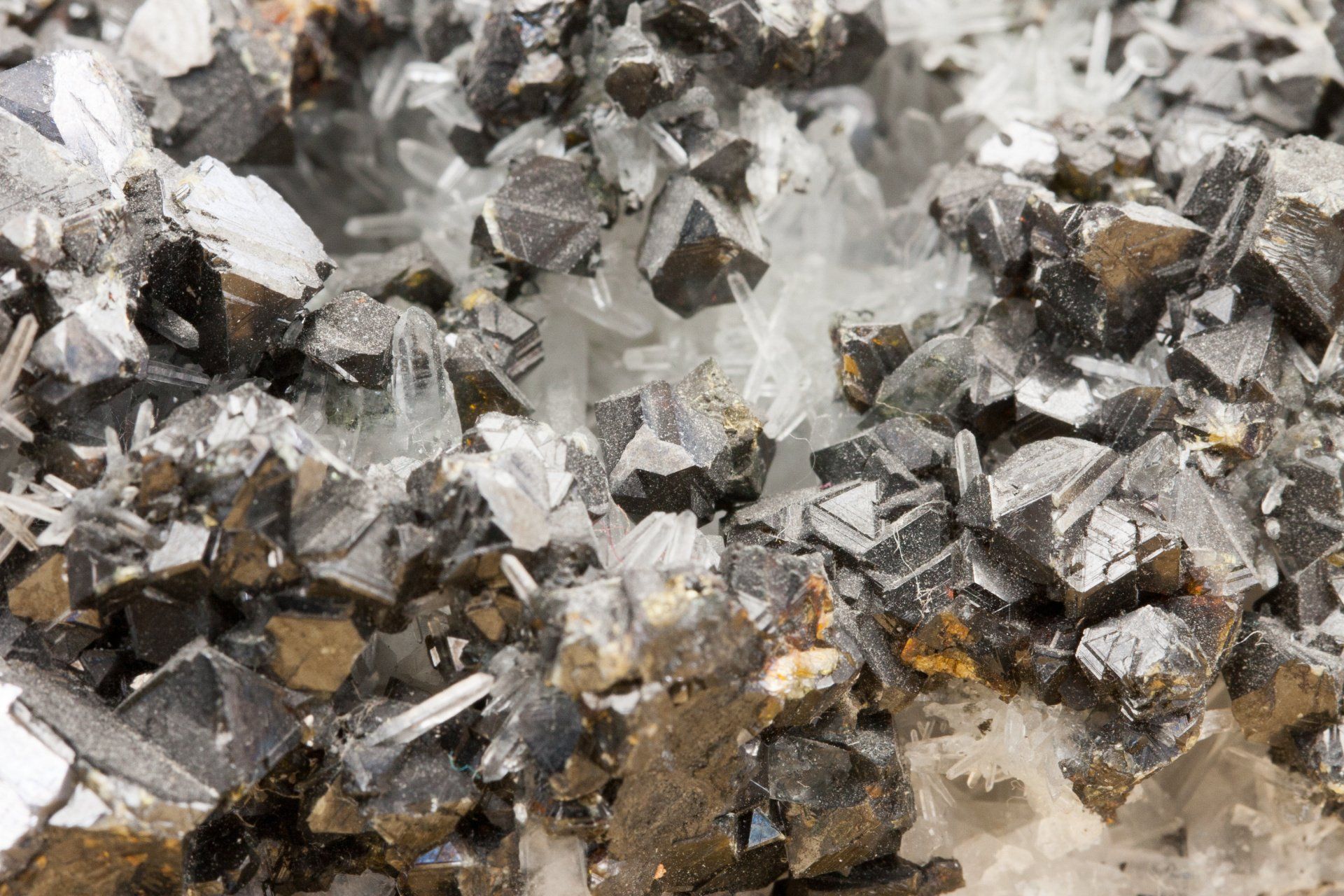Contact Us
020 3350 1471
GLOBAL
PACIFIC SERVICES
Minimising adverse environmental impact: Coal India exploring green mining technologies
Coal India Limited (CIL) is exploring deployment of green mining technologies in its mines to minimise adverse environmental impact.
With land turning out to be a major pain point for expansion of coal mining operations, these technologies bypass land acquisition and avoid its degradation. The coal assets left out earlier due to techno-commercial and safety concerns can now be unearthed through these technologies, an official states.
CIL is exploring ramping up its underground production by four-fold to 100 million tonnes (MTs) by FY 2030, from 25.6 MTs in FY 2022. Underground output is environmentally clean, is minimally invasive on land degradation, and is society friendly. Around 70% of the country’s coal reserves are conducive for underground mining.
The aim is to make underground production (UG) sizeably supplement the Open cAst (OC) output. At current rate, mineable coal reserves at existing OC will slowly start lowering. Among mass production technologies, CIL will introduce 50 continuous miners by 2025
CIL is aiming to mine coal through punch entry in those OC mines which have reached their ultimate pit level. This could be done through a mix of technologies. CIL plans to identify and implement 5 such mines through punch entry in phased manner till 2024. So that mineable coal assets can be extracted with economic viability.
CIL is planning to deploy 10 High Wall machines in its OC mines during the ongoing fiscal with projected production potential of 5 MTs/Year. With one such project already operational in SECL three more will soon be functional in ECL. One Highwall machine entails a capex of Rs.200 Crs.
Since nationalisation in 1975, UG output contracted by 57.7% till FY’22 while OC production expanded by 8.5 times.
What tilted the scales against UG mines was loss incurring production, longer gestation period, lack of skilled labour, unavailability of indigenous equipment, and departmental production cost being high.
With multiple options available now UG production could become viable. Important among them are, mass production technologies, availability of indigenous manufacturing units and well-trained skilled labour.
Paste fill technology is yet another environment-friendly frontier which involves high speed stowing technology. This will be compatible with mass production technology. In contrast to conventional sand stowing, it uses fly ash to fill the void created by extracting coal from UG mines, which is yet another environmentally friendly step. Such system is in advanced stage of implementation in ECL, the statement said.

Easily contact us on
All Rights Reserved | Global Pacific Services













